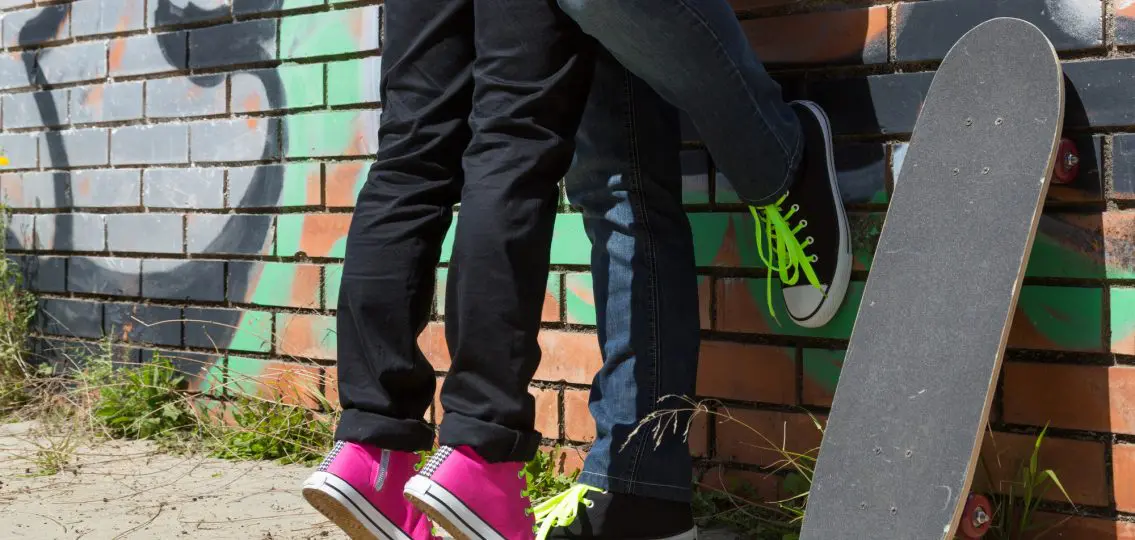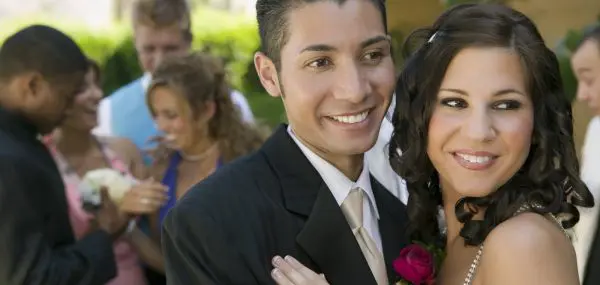Many parents wonder whether or not their teenager is sexually active. Here, we get input from Dr. Wes and Kyra, in the form of both statistics and anecdotal evidence, about the probable answer to this question.

Dr. Wes: Statistics on Teen Sexual Activity
Here’s what we know: When surveyed at any given moment, 47 percent of high school students have had sexual intercourse. 35 percent report being sexually active. The average age for first intercourse in the U.S. is seventeen.
And here’s what the statistics don’t tell you: 53 percent of students who report having not had intercourse by age 18 are distributed over grades 9 thru 12. As your teen gets older, their chances of having sex increase substantially. And, by age nineteen, 70 percent have done so.
There’s a misperception that the pool of sexually non-active teens have made an affirmative decision to remain abstinent. While I’ve worked with kids who actually chose this path, the majority of non-active teens tell me they’re not having sex because they’ve not yet had the opportunity to do so.
If you added a question to that survey asking whether non-active teens would like to be having sex if given the opportunity, I suspect the solid majority would say “yes.”
This means that teens in the dating pool are far more likely to be sexually active than those who are not, and when those who are not active enter the dating pool they are much more likely to become so. This may seem either super confusing or super obvious. But until you really understand that formula, it’s all too easy to imagine that your teenager is one of the 53 percent and put off dealing with his or her emerging sexuality until it’s too late.
Bottom line: Don’t waste time trying to figure out if you have a sexually active teenager. Spend it in healthy dialogue and communication of values to assure that when they do make the choice, they do so in as ethical, safe, and wise a manner as possible.
Kyra: If the Opportunity to Have Sex Presents Itself, Teens Will Take It
In ninth grade Health class, I remember my mostly innocent peers giggling as the teacher pointed to diagrams of the male and female anatomy and discussed intercourse in what seemed to be a rather scientific, dull manner. At that age, most of us weren’t sexually active. And we as a class had a tendency to either admire or shame those who were. But, as Wes notes, the norm in relation to sex advances in the same way most things seem to for adolescents: fast.
As seniors in high school, my class has moved far past the point where being a virgin is “cool” and being sexually active is novel. As a virgin, I find this new mentality a total bummer. Now, the majority of the abstinent people I know are holding out for religious or personal beliefs. Or they are waiting for an opportunity to present itself. Most fit in the latter category.
The research doesn’t lie. And you are deceiving yourself if you believe that your little angel will walk the purity path until he finds his soul mate at age 25.
Does it happen? Sure. Is it likely? Not in the slightest. It’s better to prepare your teen for the probable than to avoid or ignore it, no matter how awkward talking about it may be.
Also, note that strictly relying on abstinence-based conversation about sex will actually promote the opposite. Teens find banned activities exciting, and the more you discourage sex, the more likely they are to have it.

Basically, teens will have sex whether you want them to or not, and there are few exceptions. You can’t put all your eggs in the abstinent-by-choice basket. Encourage your kids to wait. But teach them how to say, “Yes” and how to say, “No” in case they decide not to listen.




